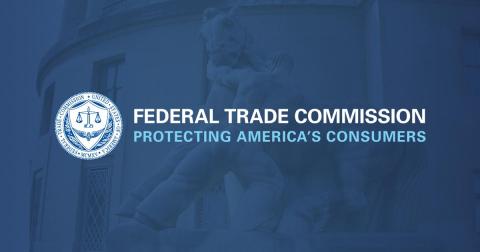10 Rules of Leadership
Bob Kierlin, the former CEO of Fastenal, who passed away on February 10, 2025, left behind a profound legacy encapsulated in his 10 Rules of Leadership:
- Challenge rather than control: Encourage innovation by inspiring team members to find their own solutions rather than micromanaging their actions.
- Treat everyone as your equal: Foster teamwork by valuing each individual’s contribution, regardless of their role.
- Stay out of the spotlight: Leaders should avoid taking credit for team achievements, instead highlighting the collective effort.
- Share the rewards: Celebrate successes by ensuring recognition and benefits are distributed fairly among all contributors.
- Listen rather than speak: Prioritize understanding others’ perspectives to build trust and collaboration.
- See the unique humanness in all persons: Recognize and appreciate the individuality of each team member.
- Develop empathy: Cultivate the ability to understand and share the feelings of others to strengthen relationships.
- Suppress your ego: Leaders should focus on the team’s success rather than their own personal glory.
- Let people learn: Encourage growth by allowing team members to experiment and learn from their experiences.
- Remember how little you know: Stay humble and open to continuous learning, acknowledging that there is always more to discover.
Great principles of leadership, thanks Bob!





